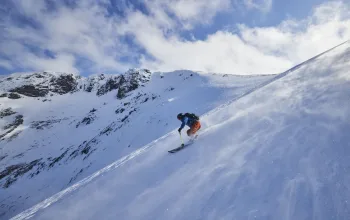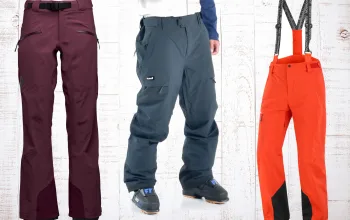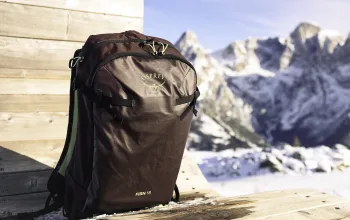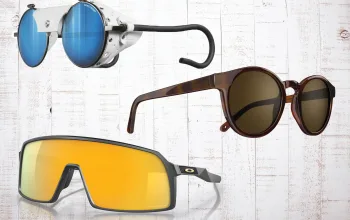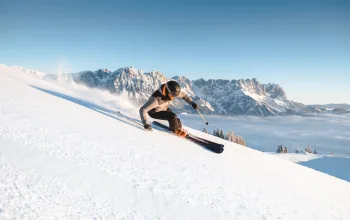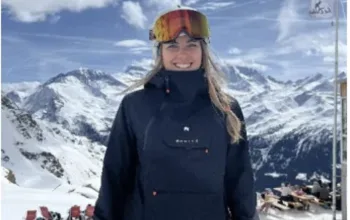Ski helmet fit
To state the obvious, a helmet should be neither too tight nor too loose fitting. Before you start, measure the circumference of your head at just above eyebrow level and match that to the actual sizes listed by manufacturers - they all have different size ranges and definitions.
Check the fit by putting it on, adjusting the front of the lid to finger widths above your eyebrows, doing up the chinstrap and then lightly shaking your head. If it doesn't pinch or move around, doesn't press the back of your neck or leave gaps between the helmet and your head, then it's the right size. Don't buy a child's helmet too big - children's heads don't grow as fast as their feet, and if it's too big it won't keep them safe.
Kite marks and standards
Always buy a helmet certified to CEN1077 (European Safety Standard) or ASTM2040 (American Safety Standard). Both standards are voluntary testing standards - so unless your helmet bears the necessary 'kite mark' sticker inside or stated on the box, then assume that it isn't certified.
Helmets even with kite marks don't make you invincible. Both testing standards only mimic impact speeds of about 15mph, so if you plan on going faster get the best helmet you can afford. Both tests only certify for single impacts too, so to be safe a helmet needs to be replaced after any significant crash where the head is involved.
Construction
Hard shell: combines a thick, durable ABS outer shell with a dense, lightweight EPS liner bonded on the inside. These helmets tend to have less ventilation but are strong and hard-wearing.
In-mould: uses an impact-absorbing EPS foam liner on the inside with a thin, hard polycarbonate shell on the outside. These helmets can be made with more ventilation for extra comfort when things heat up.
Soft shell: this new development uses an impact-absorbing liner made with Vinyl Nitrate and a flexible outer shell. Because it's softer it takes the sting out of the smaller, more regular impacts, which an EPS lined helmet would transfer to your head. Because it reforms after impact, it doesn't have to be trashed after just one serious knock. It's also more comfortable to wear and fits better.
Half or full shell: for the ultimate in all-round protection a full shell helmet extends its protective embrace down around your ears - ideal for over-zealous kids, racers and half-pipe riders. The most usual shape is half shell which often have soft ear pad protection as standard for comfort, warmth and better hearing.
Fit systems
Look for adjustable fitting systems so you can fine-tune your helmet's internal size and shape to fit your unique head shape. These include adjustable wheel or Boa systems which adjust with the turn of a dial; in-form fit systems which adjust a helmet's head fit as well as vertical fit; pad systems use removable and movable pads attached to the helmet's lining; and air fit systems, which inflate a thin airbag inside the lining of the helmet to fit voids and keep it snug.
Straps and vents
Straps are not for fit but to stop the helmet coming off your head in a fall. Vents are good - but it's only great to have lots of venting if you can eopen and close it, depending on how hot, or cold, you're head is getting.
Goggle-friendly
Look for a channel around the sides of the helmet and a loop on the back - often with a popper release - that will keep your goggle strap in place when they're on your face. The poppered loop will stop you losing them if they do slip off the top of the helmet where so many of us keep them slopeside.

